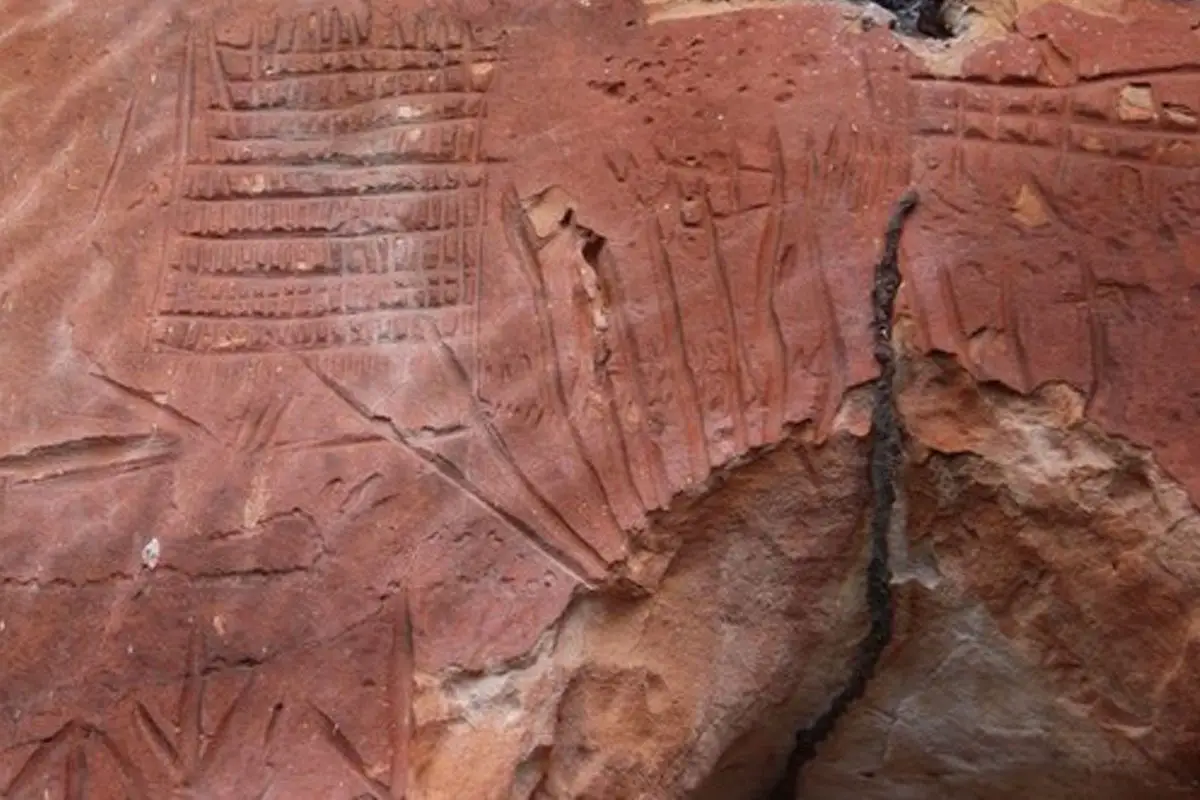Archaeologists from the National Institute of Historic and Artistic Heritage (IPAN) have discovered 16 new archaeological sites within Brazil’s Jalapão region that depict ancient rock art.
According to a press statement by Brazil’s Ministry of Culture, the sites date from around 2,000 years ago and show images of human and animal prints carved into rock panels.
Archaeologist, Rômulo Mac edo from IPHAN said: “Among the symbols are human footprints and those of animals such as deer and wild pigs, and figures that resemble celestial bodies.”
The discovery has been added to an archaeological complex of sites within the Jalapão region, where human occupation has been documented as far back as 12,000 years ago.
Despite this rich history, little material evidence has been found to provide an insight into these native peoples.
It is speculated that they were drawn to the region’s unique biome, characterised by its cerrado vegetation, expansive sand dunes, and distinct flat-topped plateaus.
However, the sites are already under threat from erosion, vandalism, forest fires and activities associated with deforestation, leading to IPHAN campaigning for better heritage education and conservation of the Brazilian cultural heritage of Jalapão.
Header Image Credit : IPHAN
Sources : Brazil’s Ministry of Culture – IPHAN identifies 16 new archaeological sites in Tocantins







